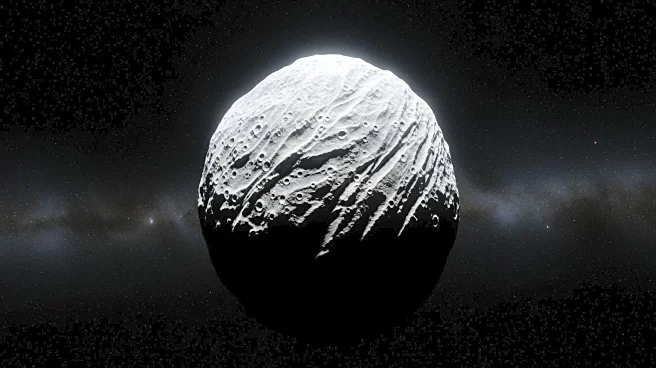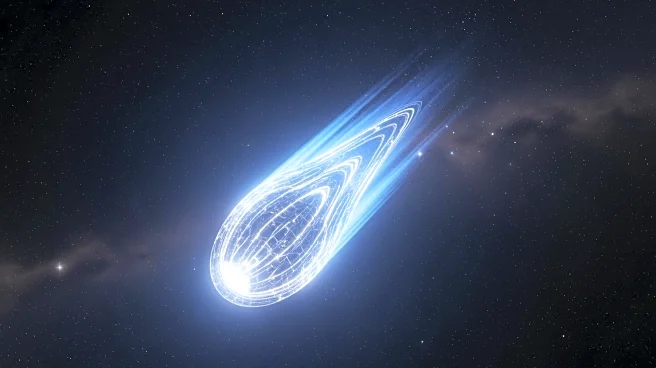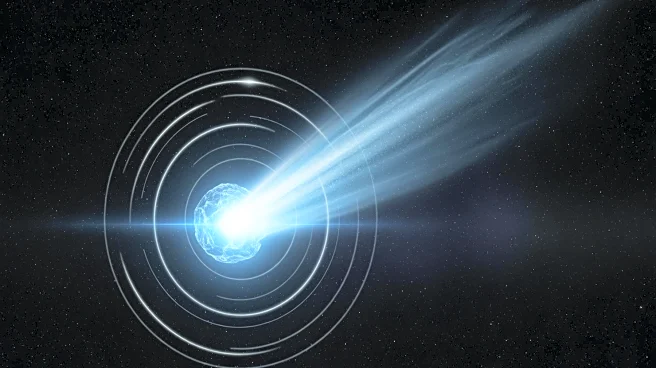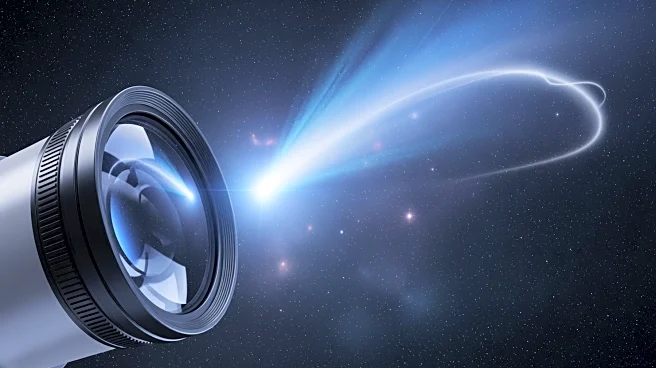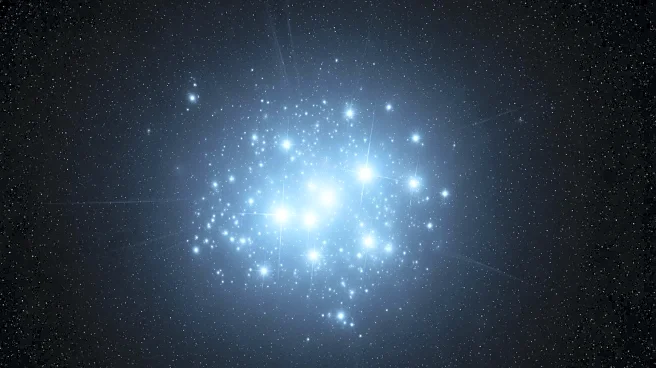What's Happening?
NASA is set to release high-resolution images of the interstellar object 3I/ATLAS, captured by the Mars Reconnaissance Orbiter's HiRISE camera. These images, delayed due to a recent US government shutdown,
are expected to provide unprecedented detail of the object, which has sparked debate due to its unusual characteristics, such as an 'anti-tail' pointing towards the Sun. The images could help determine the object's true nature, whether it is a typical comet or something more extraordinary.
Why It's Important?
The release of these images is significant for astronomers and scientists as it could provide clarity on the nature of 3I/ATLAS, an object that has challenged conventional comet models. The high-resolution images may offer insights into the object's core, potentially revealing whether it is a standard comet or an object of artificial origin. This could have implications for our understanding of interstellar objects and the processes governing their behavior.
What's Next?
Following the release of the images, 3I/ATLAS will continue its journey towards Jupiter, where it will be monitored by NASA's Juno spacecraft and ESA's JUICE mission. This extended observation period will allow scientists to gather more data on the object, potentially leading to new discoveries about interstellar visitors and their characteristics.
Beyond the Headlines
The delay in releasing the images due to bureaucratic issues highlights the tension between scientific progress and governmental processes. This situation underscores the need for prioritizing scientific research over administrative hurdles, as timely data sharing is crucial for advancing our understanding of the universe.
